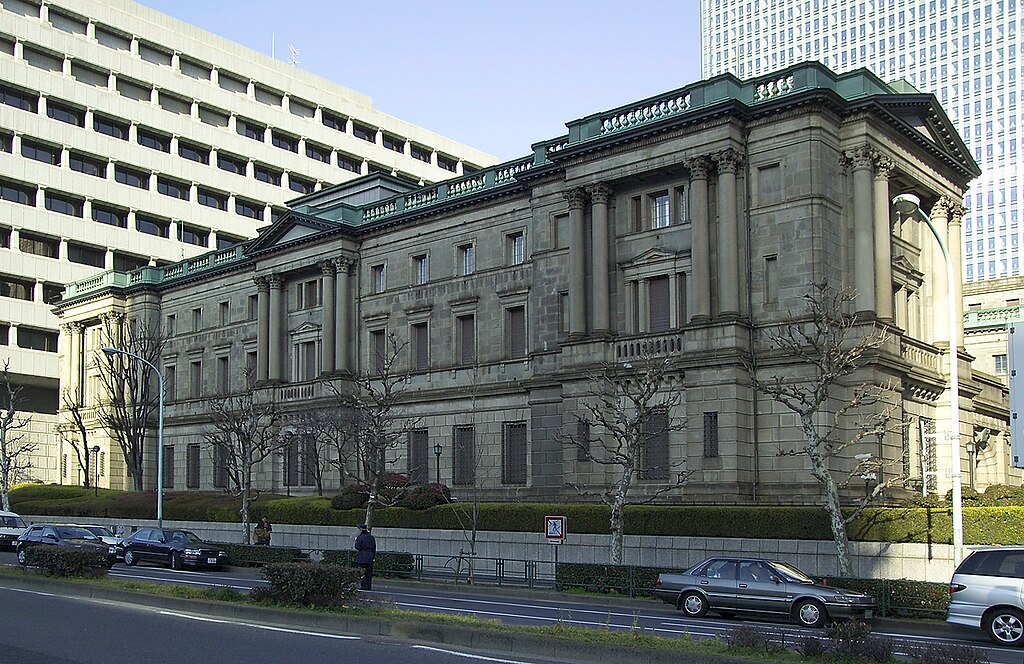The Bank of Japan (BOJ) is expected to take a key step toward policy normalization by potentially reducing purchases of super-long Japanese government bonds (JGBs) in its upcoming April-June bond-buying plan, analysts say.
Under its quantitative tightening (QT) plan introduced in July 2023, the BOJ has been cutting bond purchases by 400 billion yen per quarter, aiming to halve monthly purchases to 3 trillion yen by March 2026. While the central bank has focused on tapering benchmark 10-year bonds, it has so far refrained from reducing purchases of longer-term bonds—those maturing in 10 to 25 years.
That could change soon. With progress in reducing short-term bond buying, the BOJ is now poised to start trimming super-long bond purchases from April. Analysts like Katsutoshi Inadome of Sumitomo Mitsui Trust Asset Management believe the move would signal a full-fledged shift in the BOJ’s QT strategy, likely sparking a sell-off in that bond category.
Currently, the BOJ purchases 4.5 trillion yen in JGBs monthly, with 450 billion yen allocated to super-long maturities. The central bank, which owns nearly half of all outstanding JGBs—about 600 trillion yen, roughly the size of Japan’s GDP—raised its short-term policy rate to 0.5% in January 2025 and is prepared for further hikes if inflation continues to meet projections.
Despite rising market yields, including a 15-year high of 1.59% on 10-year JGBs, the BOJ remains committed to gradual tapering. The April-June bond-buying schedule will be announced Monday, with a detailed breakdown by maturity.
The current QT plan runs through March 2026, and a new tapering framework beyond that will be decided in June.



 Oil Prices Rebound in Asia as Venezuela Sanctions Risks Offset Ukraine Peace Hopes
Oil Prices Rebound in Asia as Venezuela Sanctions Risks Offset Ukraine Peace Hopes  Japan Business Sentiment Hits Four-Year High, Boosting Expectations of BOJ Rate Hike
Japan Business Sentiment Hits Four-Year High, Boosting Expectations of BOJ Rate Hike  Asian Currencies Hold Steady as Indian Rupee Slides to Record Low on Fed Outlook
Asian Currencies Hold Steady as Indian Rupee Slides to Record Low on Fed Outlook  BOJ Expected to Deliver December Rate Hike as Economists See Borrowing Costs Rising Through 2025
BOJ Expected to Deliver December Rate Hike as Economists See Borrowing Costs Rising Through 2025  Fed Rate Cut Signals Balance Between Inflation and Jobs, Says Mary Daly
Fed Rate Cut Signals Balance Between Inflation and Jobs, Says Mary Daly  ASX Shares Slide After ASIC Imposes A$150 Million Capital Requirement
ASX Shares Slide After ASIC Imposes A$150 Million Capital Requirement  Global Markets Slide as Tech Stocks Sink, Yields Rise, and AI Concerns Deepen
Global Markets Slide as Tech Stocks Sink, Yields Rise, and AI Concerns Deepen  South Korea Extends Bond Market Stabilization Measures Amid Rising Financial Risks
South Korea Extends Bond Market Stabilization Measures Amid Rising Financial Risks  Hong Kong Cuts Base Rate as HKMA Follows U.S. Federal Reserve Move
Hong Kong Cuts Base Rate as HKMA Follows U.S. Federal Reserve Move  S&P 500 Slides as AI Chip Stocks Tumble, Cooling Tech Rally
S&P 500 Slides as AI Chip Stocks Tumble, Cooling Tech Rally  RBA Signals Possible Rate Implications as Inflation Proves More Persistent
RBA Signals Possible Rate Implications as Inflation Proves More Persistent  Korea Zinc Plans $6.78 Billion U.S. Smelter Investment With Government Partnership
Korea Zinc Plans $6.78 Billion U.S. Smelter Investment With Government Partnership 































